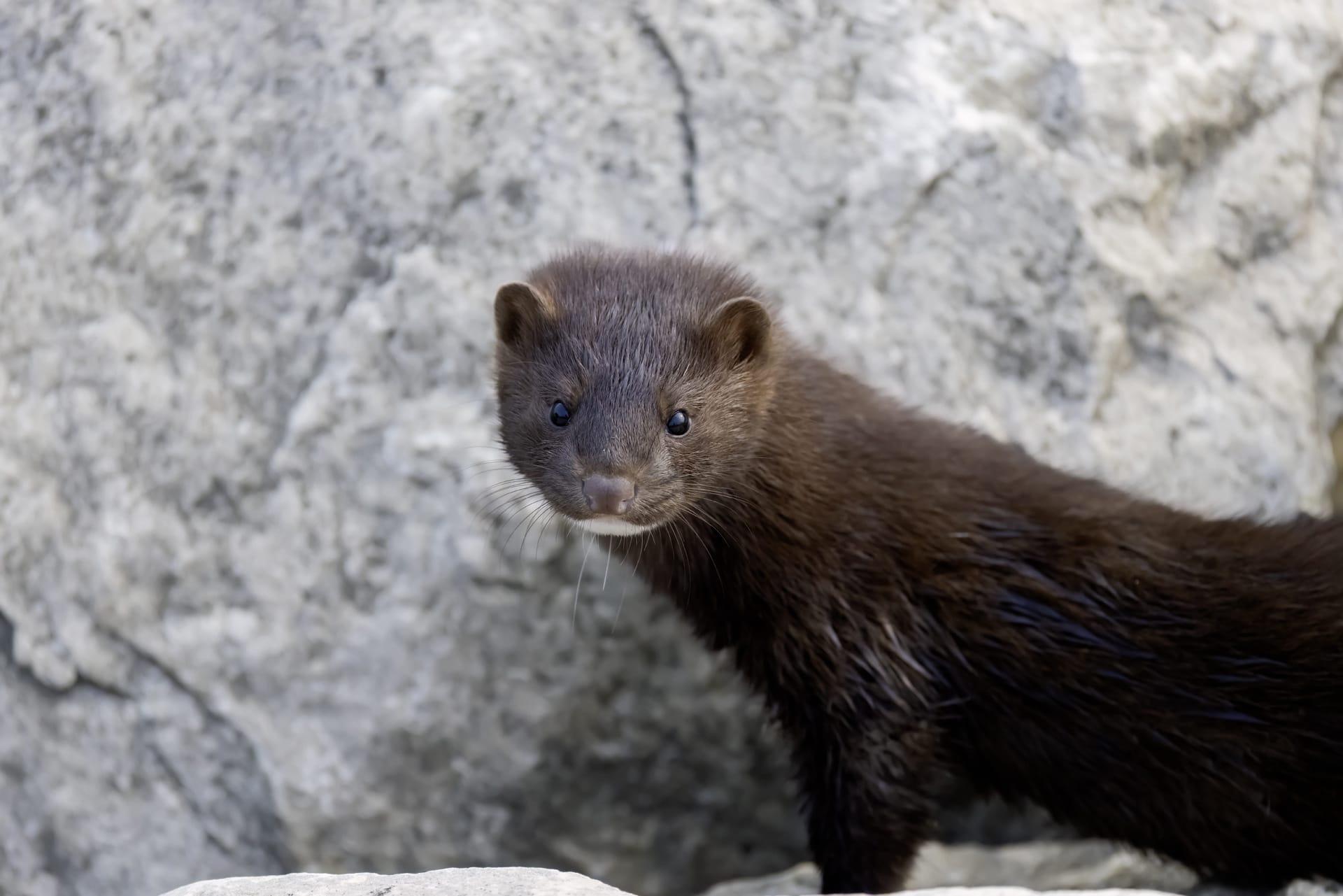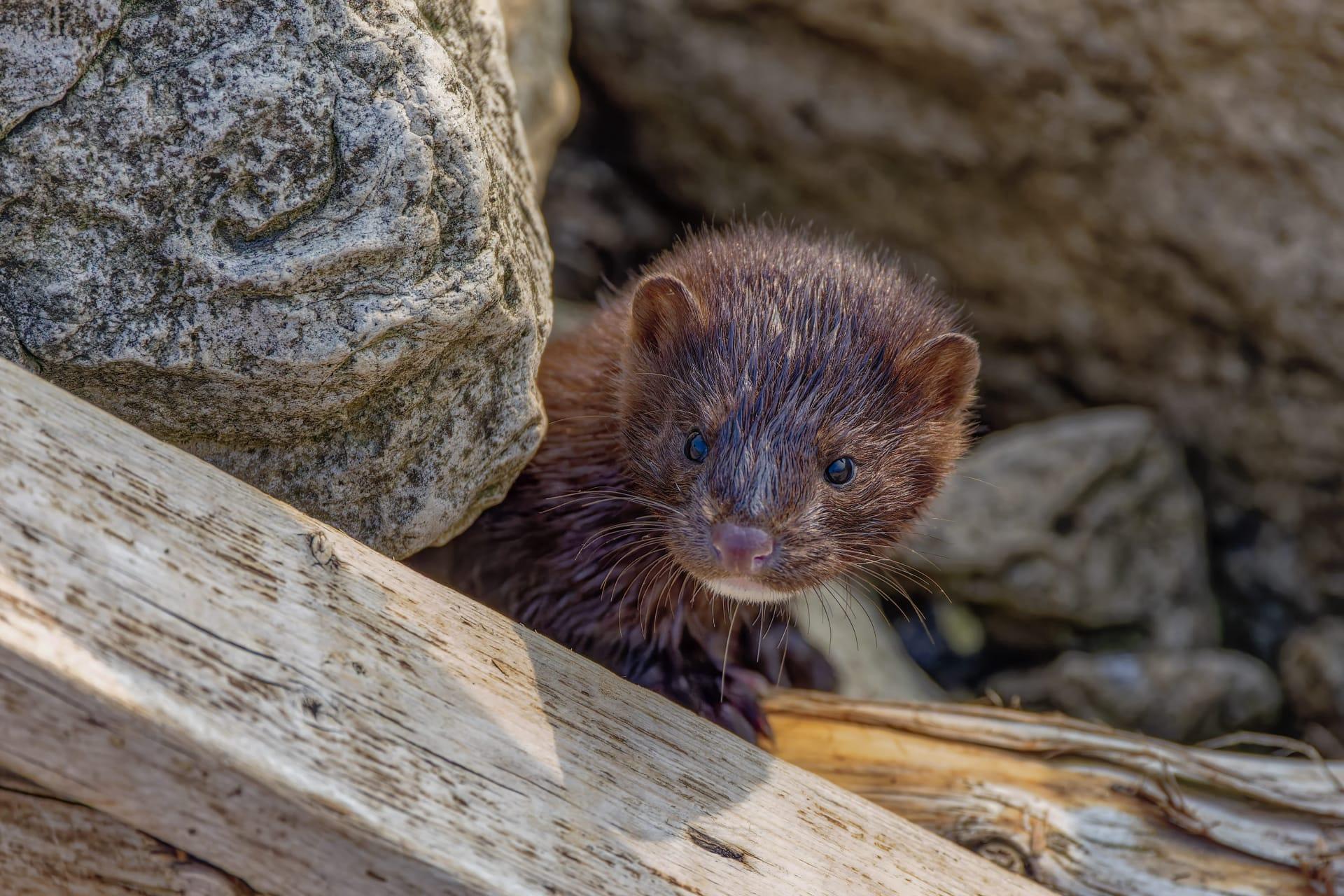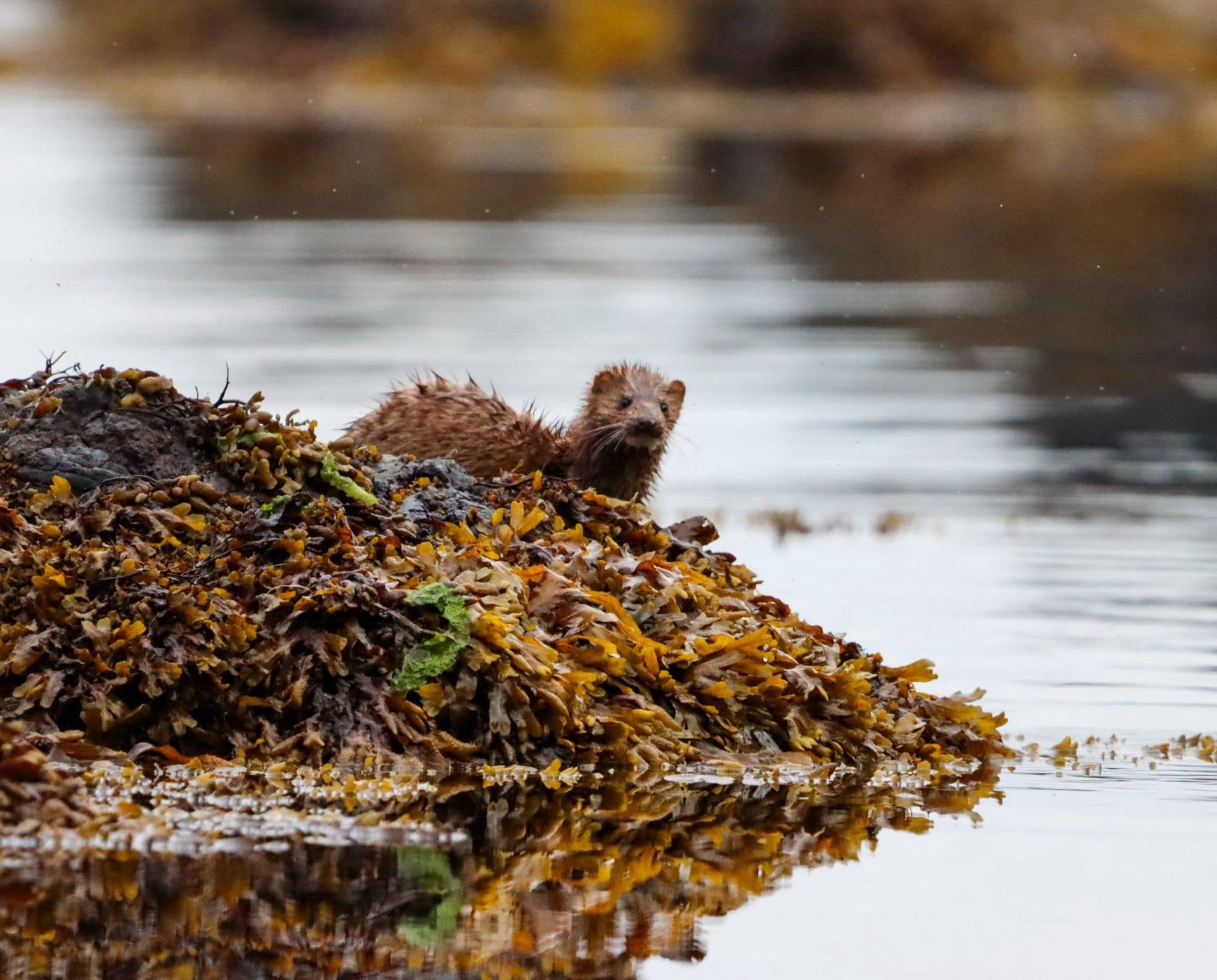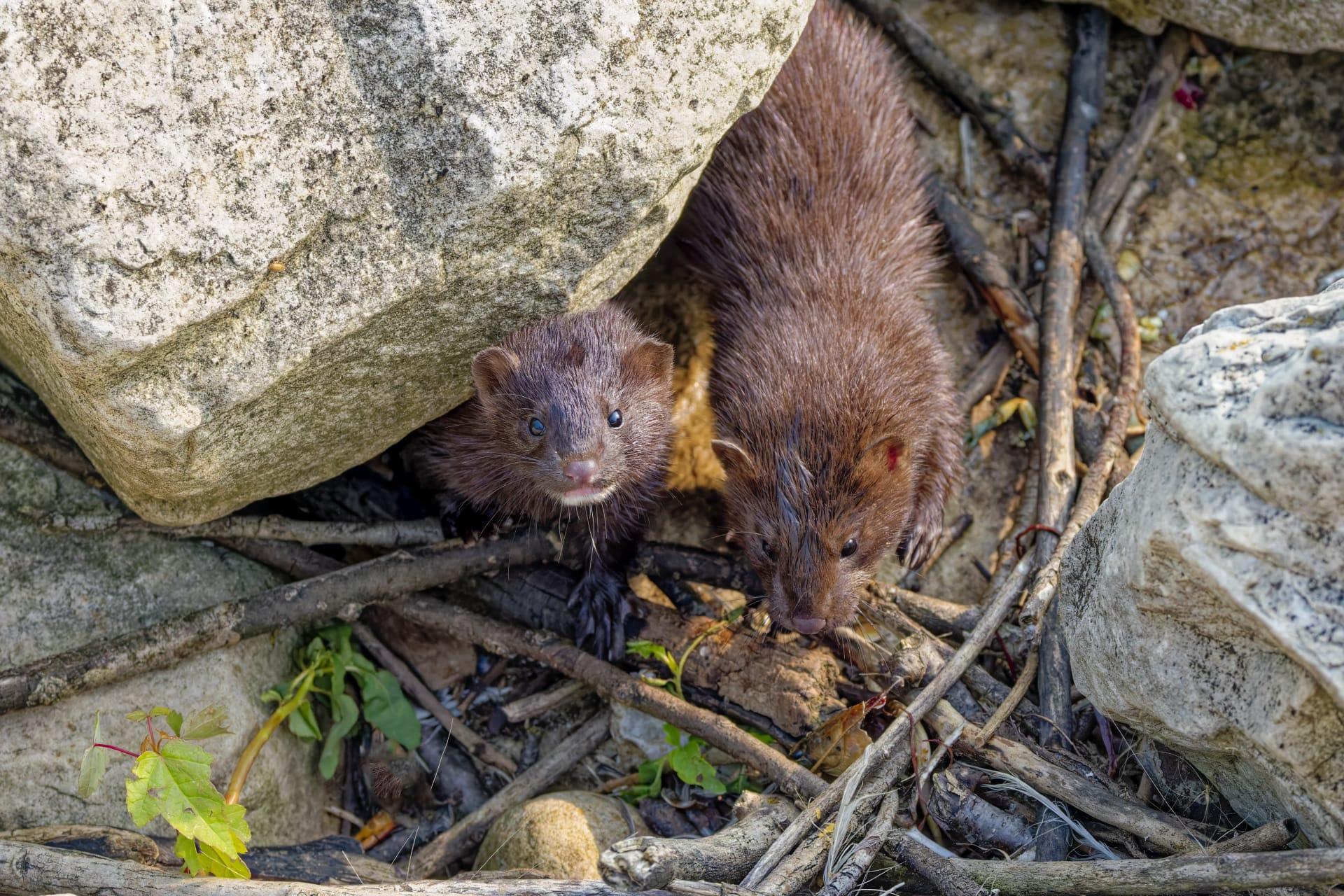Mink Trivia
- Home /
- Trivia Question /
- Animal /
- Mink Trivia
1
Question: How long can a mink live in the wild, and does this differ significantly from those in captivity?
Answer: In the wild, minks typically live around 3 years, but in captivity, their lifespan can extend up to 10 years. This discrepancy is largely due to factors like predation and food scarcity in the wild, versus the protected and well-fed conditions in captivity.
Question: What is the typical size range of an adult mink, and does size vary between male and female minks?
Answer: Adult minks generally measure between 12 to 18 inches long, not including their tail, which adds an additional 5 to 9 inches. Males are usually larger, averaging around 30% bigger than females. This sexual dimorphism is quite noticeable, especially in weight, with males weighing around 2.2 pounds and females about 1.6 pounds.

2
Question: Is it true that minks are solitary animals, and if so, how does this impact their behavior?
Answer: Yes, minks are indeed solitary creatures, except during mating season. This solitary nature impacts their territorial behavior, as they are highly protective of their space, often marking territories up to 3 kilometers along riverbanks.
Question: Do minks have a natural waterproof coat, and how does this adapt them to their environment?
Answer: Minks do have a waterproof coat, which is dense and oily. This adaptation is vital for their semi-aquatic lifestyle, enabling them to swim efficiently and maintain body heat while hunting in water. Their fur is so effective at repelling water that it remains dry even when they dive underwater.

3
Question: What constitutes the primary diet of a mink, and how are they as hunters?
Answer: Minks are carnivorous and primarily feed on fish, frogs, birds, and small mammals. They are skilled hunters, using both land and water to their advantage. Their agility and ability to swim make them formidable predators in their habitat.
Question: Can minks adapt to different habitats, and what are their preferred living conditions?
Answer: Minks are highly adaptable to various environments but prefer living near water bodies like rivers, lakes, or marshes. They need access to water not only for hunting but also because their diet is heavily reliant on aquatic prey.

4
Question: Are minks active during the day or night, and what does their typical activity pattern look like?
Answer: Minks are primarily nocturnal, meaning they are most active at night. Their activity pattern involves hunting and exploring their territory during the night, while they rest and stay hidden in their dens during the day.
Question: How do minks communicate with each other, especially during the mating season?
Answer: Minks communicate through a combination of vocalizations, scent markings, and body language. During mating season, males vocalize more frequently to attract females and also use scent marking to announce their presence and readiness to mate.

5
Question: What role do minks play in their ecosystem, and are they considered keystone species?
Answer: Minks play a significant role as both predators and prey in their ecosystem. They help control populations of smaller animals and fish, and in turn, are prey for larger animals. While not typically classified as keystone species, their presence indicates a healthy aquatic ecosystem.
Question: How do minks reproduce, and what is unique about their reproductive process?
Answer: Minks mate in late winter, and females can delay implantation of fertilized eggs, a process known as embryonic diapause. This allows them to time the birth of their young with favorable environmental conditions. Litters, averaging 4 to 5 kits, are born in spring after a gestation period that can vary from 39 to 76 days due to this delayed implantation.